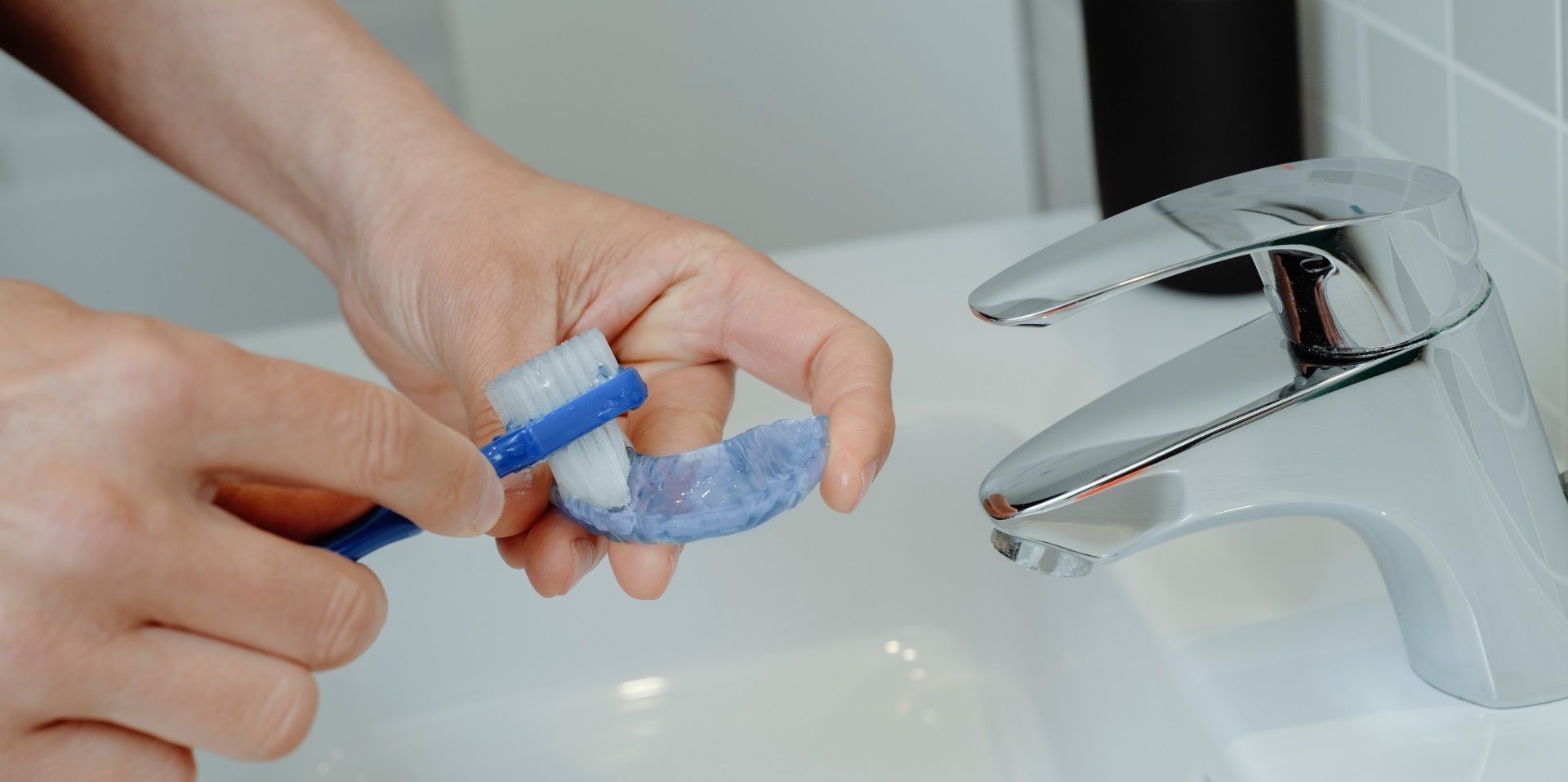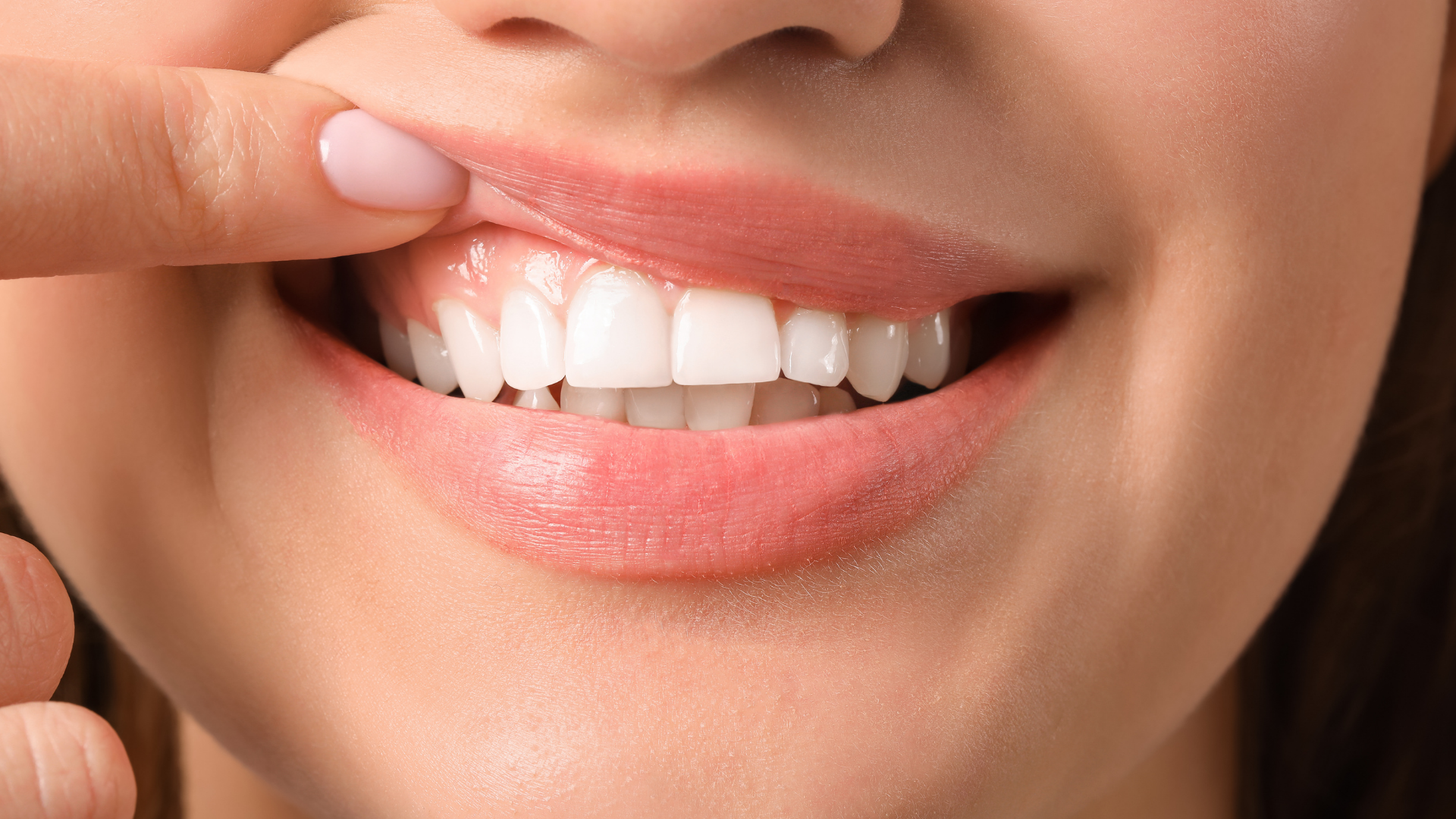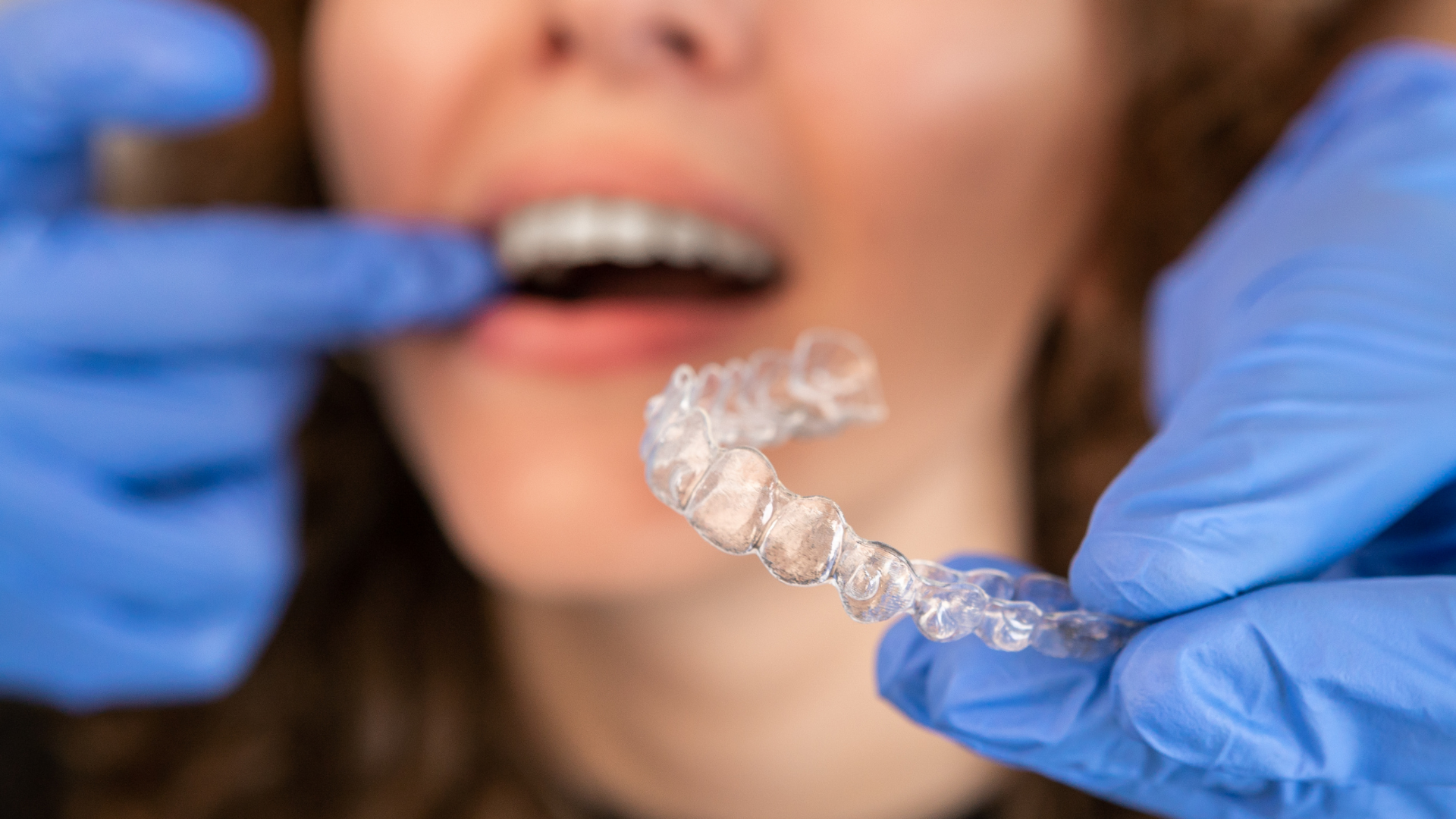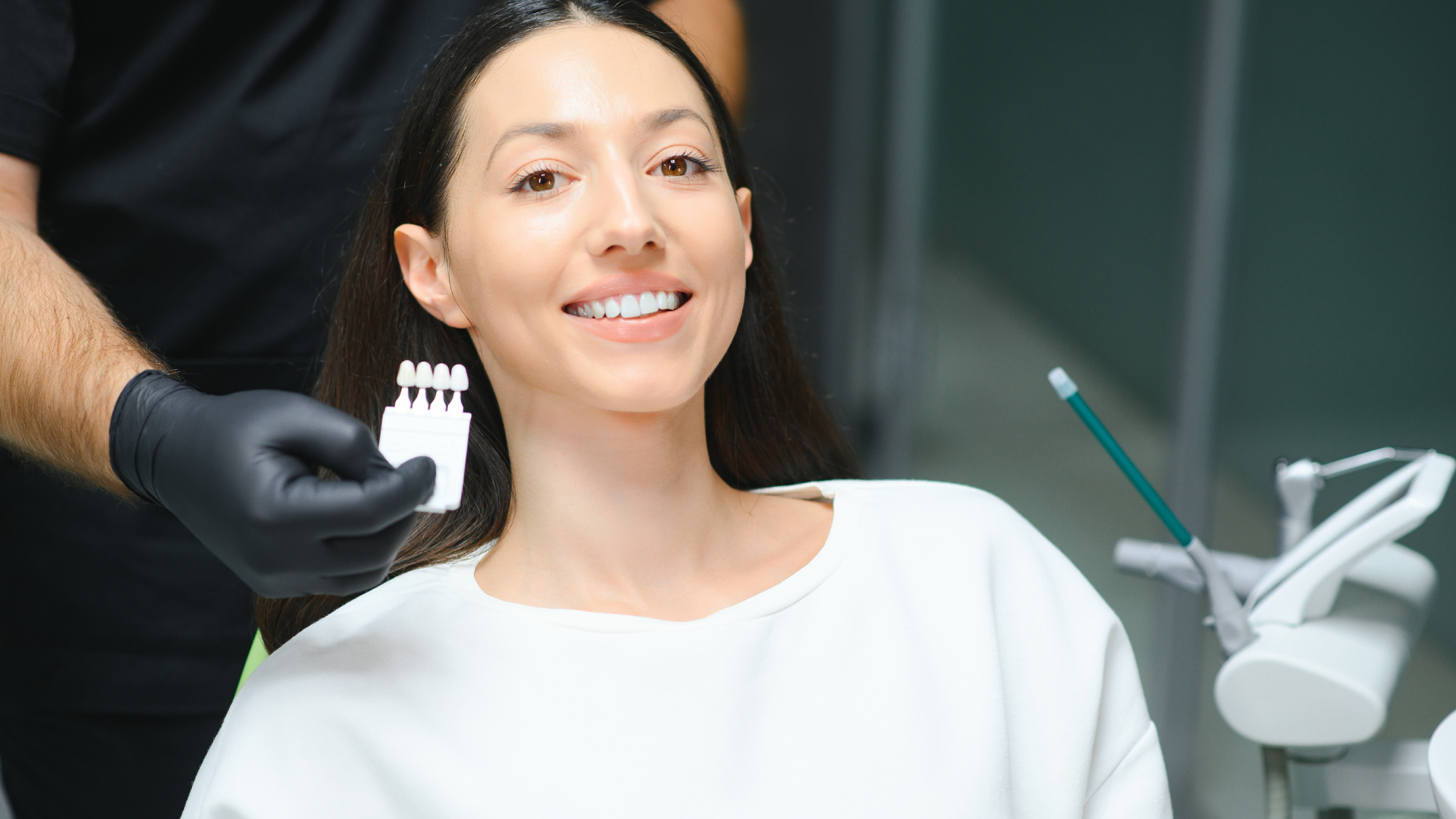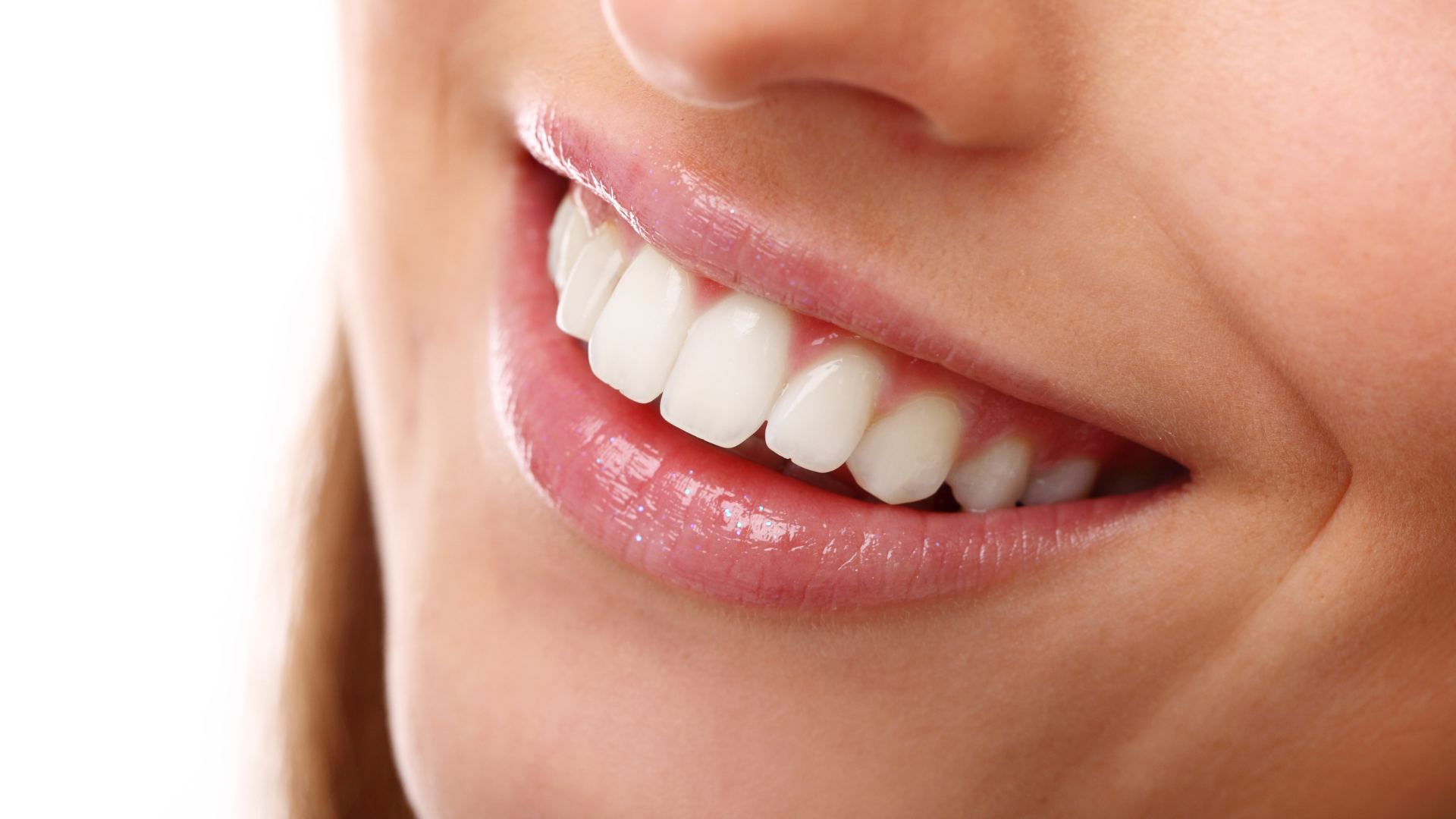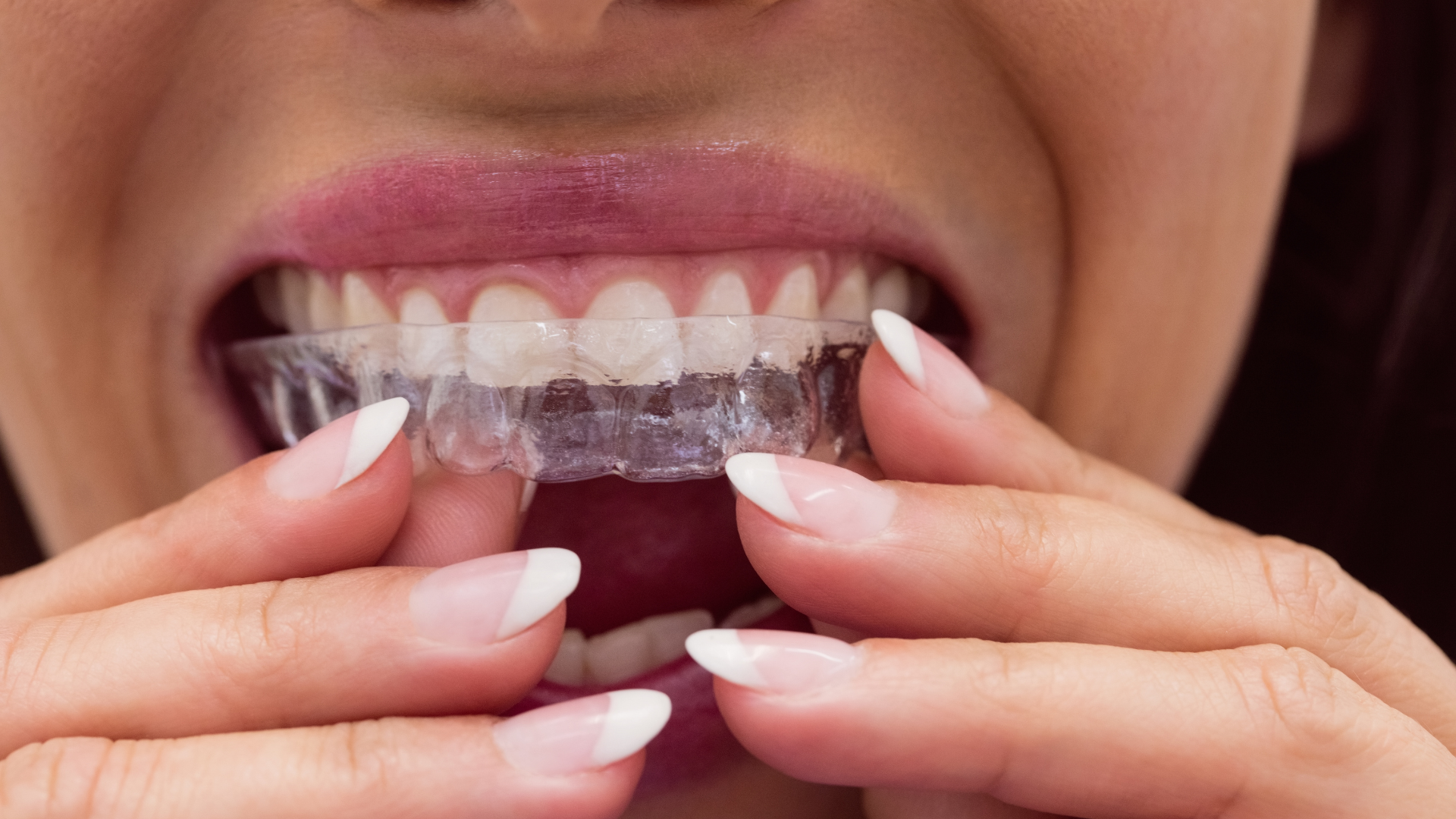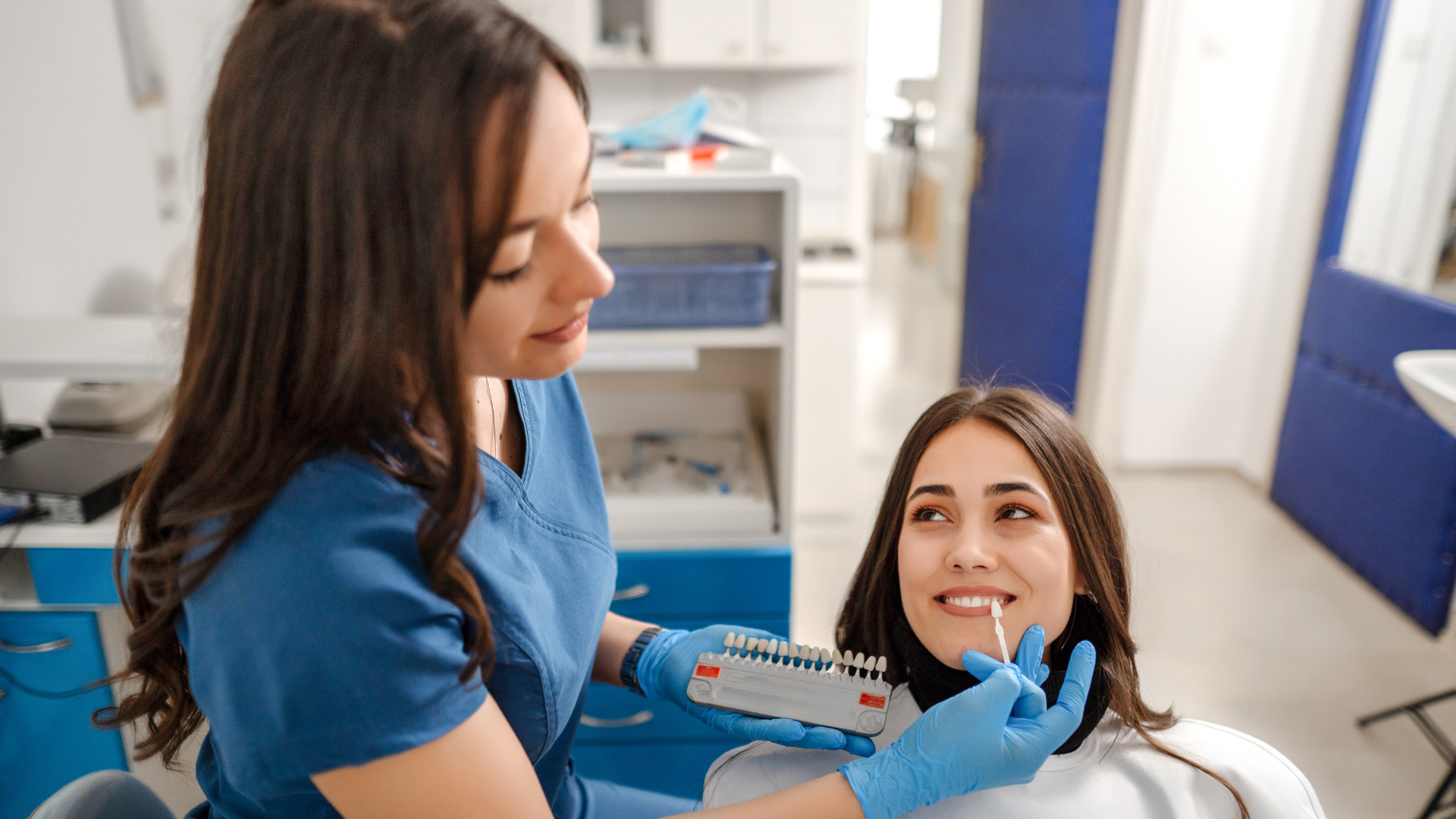Daily Cleaning and Maintenance of Mouthguards
Brushing with Antibacterial Soap
Ensuring the cleanliness of mouth guards is crucial for oral health. Brushing your mouthguard daily with antibacterial soap is a simple yet effective way to remove bacteria and plaque. This routine maintenance is recommended by the best dentist in Palo Alto to prevent the buildup of harmful pathogens.
To properly clean your mouthguard, begin by rinsing it under cold water. Apply a small amount of antibacterial soap and gently brush all surfaces, including the crevices where bacteria can hide. After brushing, rinse the mouthguard thoroughly to remove any soap residue.
Remember to avoid using products not intended for oral appliances, such as denture cleaner, glasses solution, or jewelry cleaner, as they can damage your mouthguard. Instead, stick to antibacterial soap and cold water for daily cleaning. For on-the-go freshness, consider a specialized mouthguard spray that is free of sugar, alcohol, or peroxide.
Rinsing and Drying Techniques
After brushing your mouthguard with antibacterial soap, it's crucial to rinse it thoroughly to remove any soap residue. Use cool or lukewarm water, as hot water can warp the material and affect the fit. Proper rinsing ensures that your mouthguard remains safe and comfortable to use.
Once rinsed, gently shake off excess water and allow the mouthguard to air-dry completely. This is a vital step to prevent the growth of bacteria and mold. Place the mouthguard on a clean, dry surface or in a well-ventilated area. Avoid using cloth or towels that may harbor bacteria.
To maintain the integrity of your mouthguard, never leave it soaking in water or wet environments for extended periods.
Remember, a dry mouthguard is a safe mouthguard. Before storing, confirm that it's completely dry to the touch. Here's a simple checklist for rinsing and drying:
- Rinse with cool or lukewarm water
- Shake off excess water
- Air-dry on a clean surface
- Check for complete dryness
By following these steps, you'll ensure your mouthguard is clean, dry, and ready for your next use.
Storing Your Mouthguard Properly
Proper storage of your mouthguard will maintain its condition and prevent the growth of harmful microorganisms. Always store your mouthguard in the ventilated case provided by the manufacturer to ensure it remains dry and clean. It's equally important to clean the case regularly, using the same methods as for the mouthguard itself, to avoid contamination.
Remember, a mouthguard's effectiveness is compromised if it's not stored correctly. Moist, dark environments are breeding grounds for bacteria, which can lead to infections or distort the mouthguard's shape.
Follow these simple steps to ensure your mouthguard is stored safely:
- Rinse the mouthguard with cold water after each use.
- Dry it thoroughly before placing it in its case.
- Keep the case in a cool, dry place away from direct sunlight.
- Avoid leaving the mouthguard in extreme temperatures, such as in a car on a hot day.
By adhering to these practices, you can extend the life of your mouthguard and ensure it continues to provide the necessary protection.
Deep Cleaning Methods for Mouthguards
Using a Mouthguard Soak
To ensure your mouthguard remains hygienic and free from harmful bacteria, a regular soak in a specialized cleaning solution is recommended. Prepare a mouthguard soak using a mixture of water and a mouthguard cleaning tablet, following the instructions on the product's packaging. This will help to eliminate bacteria and prevent the buildup of plaque and odors.
After soaking, it's crucial to thoroughly rinse the mouthguard with cold water to remove any residual cleaning solution. This step ensures that the mouthguard is safe and comfortable to use.
Remember to avoid using hot water or harsh chemicals, such as bleach, unless diluted properly, as they can damage the mouthguard material. Here's a simple guide for a bleach solution soak:
- Mix 1 teaspoon of bleach with a cup of water.
- Soak the mouthguard for no more than 5 minutes.
- Rinse thoroughly with cold water immediately after soaking.
Disinfecting with a Bleach Solution
Using a bleach solution can be an effective way to disinfect your mouthguard. Ensure you use the correct bleach-to-water ratio to avoid damaging the material. A recommended mixture is one teaspoon of bleach in a cup of water. Soak the mouthguard for no more than five minutes to effectively kill bacteria without compromising the integrity of the mouthguard.
- Prepare the solution using cold water to prevent warping.
- Submerge the mouthguard completely in the solution.
- After soaking, thoroughly rinse the mouthguard with cold water.
Remember, never use hot water or abrasive materials like toothpaste as they can damage your mouthguard.
It's crucial to rinse the mouthguard well to remove any residual bleach, which could irritate your mouth. Regularly disinfecting your mouthguard using this method can help maintain its cleanliness and longevity.
The Role of Ultrasonic Cleaners
Ultrasonic cleaners offer a high-tech solution for mouthguard maintenance, utilizing high-frequency waves to reach every nook and cranny. The process, known as cavitation, creates tiny bubbles that clean surfaces at an incredible speed, ensuring that even the most microscopic crevices are sanitized without the need for abrasive cleaning methods.
Ultrasonic cleaning is not only thorough but also energy-efficient, making it an eco-friendly option for mouthguard care.
When selecting a cleaning solution to use with your ultrasonic device, it's important to choose one that's compatible and safe for your mouthguard. Here's a list of cleaners typically suitable for use with ultrasonic devices:
- Distilled water
- Denture cleaner
- Diluted hydrogen peroxide
- Mouthguard-specific cleaning solutions
Remember, while ultrasonic cleaners are effective, they should be part of a comprehensive care routine that includes daily cleaning and proper storage.
Common Mistakes to Avoid in Mouthguard Care
Exposing Mouthguards to Heat
Exposing your mouthguard to heat is a common mistake that can lead to irreversible damage. Never place your mouthguard in hot water, microwaves, or dishwashers as the high temperatures can warp the material, altering its fit and protective qualities.
When cleaning your mouthguard, always use cool or lukewarm water to prevent any heat-related deformation.
To ensure your mouthguard maintains its shape and effectiveness, follow these simple guidelines:
- Always rinse with cool water after use.
- Avoid leaving it in direct sunlight or in a hot car.
- Do not attempt to 'sterilize' it with boiling water.
Remember, a deformed mouthguard not only becomes uncomfortable but also loses its ability to provide proper protection during sports activities.
Using Alcohol-Based Disinfectants
While it might be tempting to use alcohol-based solutions for their strong antiseptic properties, they are not suitable for mouthguard care. Alcohol can degrade the materials used in mouthguards, leading to a shorter lifespan and potentially less effective protection.
- Avoid using isopropyl alcohol or mouthwashes containing alcohol as disinfectants.
- Opt for non-alcoholic cleaning solutions specifically designed for mouthguards.
- If you require a stronger disinfectant, consider a mild bleach solution as an alternative.
Remember, the goal is to maintain the integrity of the mouthguard while ensuring it is clean and safe for use. Compromising the material with harsh chemicals defeats the purpose of its protective function.
Sharing Your Mouthguard
Sharing a mouthguard is a practice that should be strictly avoided. Each individual's oral bacteria are unique, and sharing can lead to the transfer of microorganisms that may cause infections or illnesses. It's not just about hygiene; it's also about safety. A mouthguard is designed to fit the specific contours of the wearer's mouth, ensuring maximum protection. When shared, the effectiveness of this protection is compromised.
Mouthguards are personal protective equipment and should be treated with the same care and consideration as a toothbrush.
To emphasize the importance of not sharing your mouthguard, consider the following points:
- Personal Health: Prevents the spread of bacteria and potential infections.
- Proper Fit: Ensures the mouthguard fits correctly for effective protection.
- Structural Integrity: Maintains the shape and structure of the mouthguard for longevity.
Remember, a mouthguard is an investment in your dental health and safety. Keep it personal, and keep it clean.
When to Replace Your Mouthguard
Signs of Wear and Damage
Regular inspection of your mouthguard is crucial to ensure it continues to provide the necessary protection. Look for signs of wear such as cracks, tears, or significant deformation. These are clear indicators that the mouthguard may no longer be effective and could compromise your safety during sports activities.
- Cracks or fissures
- Tears or holes
- Deformation or improper fit
- Noticeable thinning in areas
- Excessive odor that persists after cleaning
It's important to address any minor wear and tear promptly to prevent further damage. A mouthguard showing any of these signs should be replaced to maintain optimal protection.
Remember, a mouthguard that has become too comfortable may be a sign that it's overly worn and not as protective as it should be. Regular replacement is as important as daily maintenance in ensuring the longevity and effectiveness of your mouthguard.
Recommended Replacement Timeline
While mouthguards are designed for durability, they are not meant to last indefinitely. Replace your mouthguard when it shows signs of damage or wear. This is especially crucial for athletes who should consider replacing their sports mouthguard after every sports season to ensure maximum protection.
For those with custom mouthguards, the replacement timeline can vary from one to five years, influenced by factors such as maintenance, dental health, and material quality. It's essential to monitor the fit and condition of your mouthguard regularly:
- Inspect for small tears or changes in shape.
- Address minor wear and tear immediately.
- Maintain regular check-ups with your dental professional.
Remember, a mouthguard that fits poorly not only compromises protection but can also affect comfort and performance. Keep an eye on the fit, especially for children, as their dental structure changes with the loss of baby teeth and the growth of permanent ones.
Ensuring Protective Effectiveness
To maintain the highest level of protection, it's essential to know when your mouthguard needs to be replaced. Over time, the material can degrade, reducing its ability to absorb shock and protect against impacts. Regular inspection for signs of wear, such as tears, thinning, or bite marks, is crucial.
Consistent evaluation of your mouthguard's condition will help ensure that it continues to offer the necessary protection during sports activities.
Follow a simple checklist to determine if your mouthguard is still up to the task:
- Check for visible signs of damage or distortion.
- Assess the fit; a mouthguard should fit snugly without needing to clench your teeth.
- Confirm that there is no discomfort or irritation when wearing it.
- Ensure that it doesn't impede breathing or speaking.
If your mouthguard fails any of these checks, it's time to consider getting a new one. Remember, a compromised mouthguard can lead to increased risk of oral injuries.
Frequently Asked Questions
How do you clean sports mouthguards?
Before and after each use, gently brush your sports mouthguard with liquid antibacterial soap and a toothbrush. Rinse with cool water and let it dry before storing it in a ventilated case. For deep cleaning, use a mouthguard soak to remove harmful bacteria.
How often should you replace a sports mouthguard?
Replace your mouthguard every 6 months, or more frequently if it shows signs of damage, to maintain its protective effectiveness.
Can you clean a mouthguard with hot water or in a dishwasher?
Never clean your mouthguard with hot water, microwaves, or dishwashers, as this can warp the material. Always use cool water to prevent damage.
Is it safe to use alcohol-based disinfectants on mouthguards?
Don't use alcohol to disinfect your mouthguard, even if it's in mouthwash. Alcohol can degrade the material. Instead, use a bleach solution or a disinfectant specifically designed for mouthguards.
What is the role of ultrasonic cleaners in mouthguard maintenance?
Ultrasonic cleaners can take oral appliance hygiene to the next level by using high-frequency sound waves to remove bacteria and plaque from mouthguards, retainers, and night guards.
How should you store your mouthguard when not in use?
Store your mouthguard in the container provided by the manufacturer. Keep the container clean using the same methods as for the mouthguard to prevent bacterial and microorganism growth.

